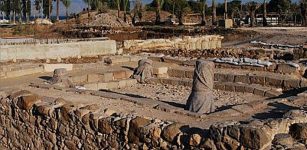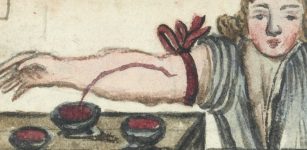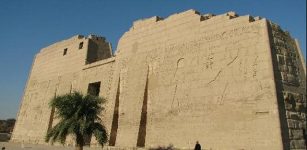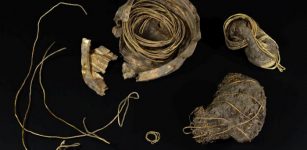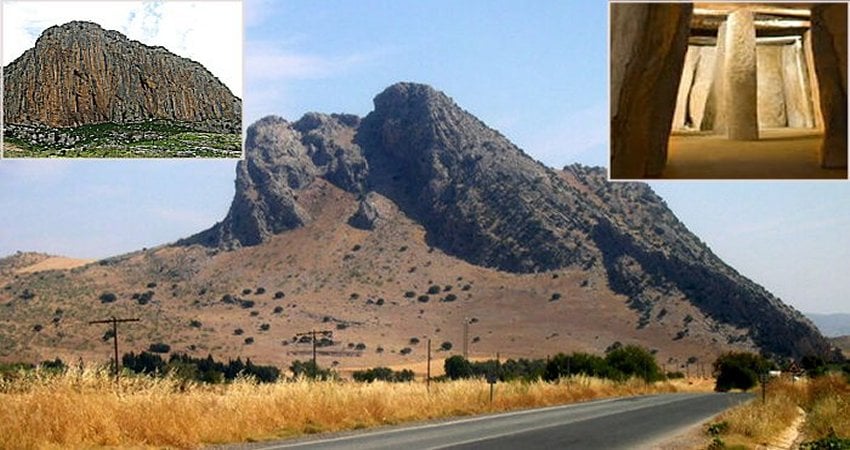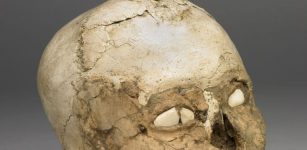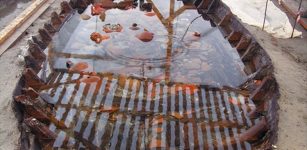Northern Gate Of Ancient Fortress Of Agathopolis Discovered In Bulgaria
MessageToEagle.com – Bulgarian archaeologists have unearthed the northern gate of the Late Antiquity and medieval fortress of Agathopolis, today’s Bulgarian Black Sea town of Ahtopol, a major Byzantine and Bulgarian fortress during the Middle Ages, which was also an Ancient Greek, Thracian, and Roman city in the Antiquity period.
Ancient Agathopolis known as Peronticus in the Roman period was settled by Ancient Greek colonists from Athens in 430 BC.
The small Ahtopol Peninsula, however, which is 300 meters long and 150 meters wide, has had traces of civilized life going back as early as the Neolithic. During the Iron Age, it was inhabited by the Ancient Thracian tribe Thyni and was colonized by the Romans in the 2nd century AD, reports Archaeology in Bulgaria.
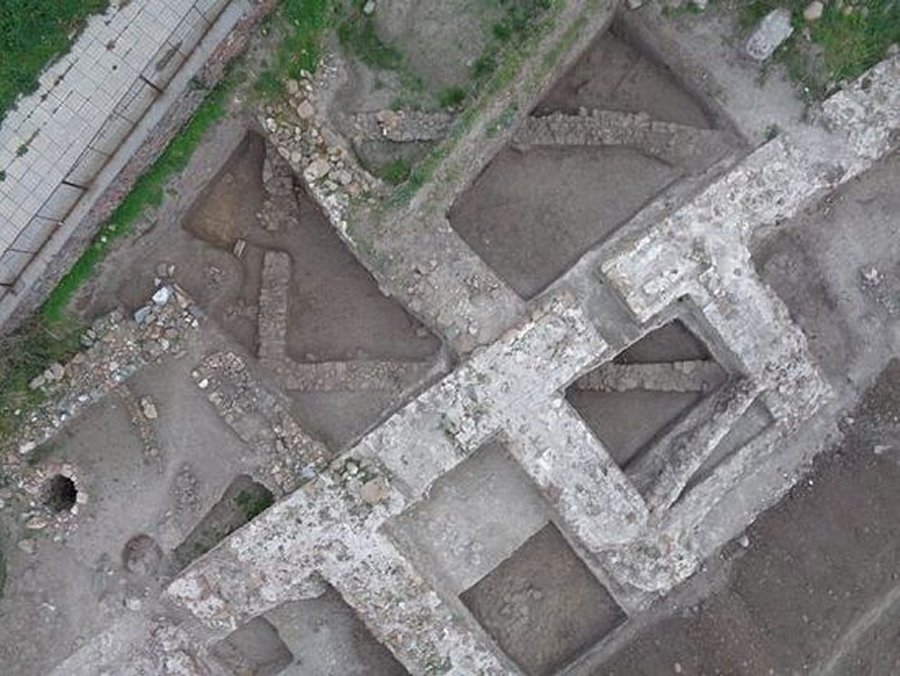
The fortress of Agathopolis was built by the Eastern Roman (Byzantine) Empire in the 6th century AD.
In addition to discovering the façade of the northern gate of the Late Antiquity fortress of Agathopolis, the archaeologists have also unearthed the interior of the gate’s two fortress towers, a Late Roman building, a necropolis from the Late Middle Ages and buildings that were burned down in the early 20th century.
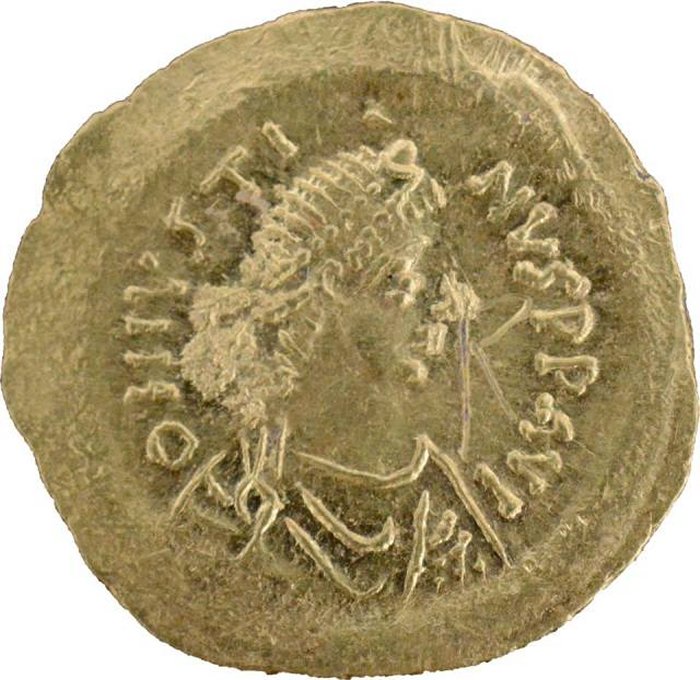
However, the most interesting newly discovered archaeological structure in Bulgaria’s Ahtopol is said to be the Late Roman stone building which was constructed before the Early Byzantine fortress.
“This Late Roman settlement which was burned down shows what the fate of the Roman [city of] Ahtopol was at the time of the Great Exodus when Huns, Goths, Vandals, and other peoples started to devastate the Eastern Roman Empire after the middle of the 4th century,” the archaeologists explain.
“It was no accident that after these events Ahtopol was fortified with a mighty fortress wall,” they add.
During the excavations of the western fortress tower of the northern gate of Agathopolis, the archaeologists have found that it was rebuilt in the Late Middle Ages.
The nature of the reconstruction shows that it was hastily done, and the researchers believe it occurred during the devastating raids on Ahtopol by the navy of the Italian city-state Genoa in 1352.
This conclusion is also said to be confirmed by the discovery of numerous cannon balls like the ones used by the Genoese fleet. In addition to the Genoese cannon balls, the ancient and medieval artifacts found by the archaeologists include clay lamps, glass vessels, perfume vessels, luxury dishes, and lots of coins.
The most exciting find of those is a gold coin of Byzantine Emperor Justine I (r. 518-527 AD). The archaeologists say the coin is “brand-new”, i.e. it has never been in use because it still has its “production polish”. It is seen as “an excellent piece of evidence about the construction of the fortress in the early 6th century”, which appears to have been its first construction period.
Numerous coins from the reigns of Emperor Justinian I the Great (r. 527-565 AD) and Maurice (r. 582-602 AD) have also been found. They are attributed to the second construction period of the fortress in Ahtopol, the third quarter of the 6th century.
The last reconstructions of Ahtopol’s medieval fortifications have been found to have been made during the period from the middle of the 14th century until the beginning of the 15th century, the archaeologists conclude.
The ruins of ancient Agathopolis were excavated for two months at the end of 2015, by archaeologists from Bulgaria’s National Institute and Museum of Archaeology in Sofia led by Assist. Prof. Dr. Andrey Aladzhov. The team was supported by volunteers from Bulgaria, Canada, and the Netherlands. The digs were founded by both Bulgaria’s Ministry of Culture and Tsarevo Municipality.
MessageToEagle.com
source: Archaeology in Bulgaria

